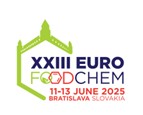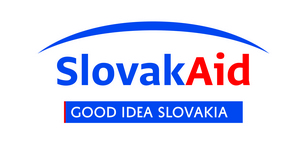Vedecký časopis - archív
Journal of Food and Nutrition Research
Súhrny čísla 4 / 2013
Kapci, B. – Neradová, E. – Čížková, H. – Voldřich, M. – Rajchl, A. – Capanoglu, E.
Investigating the antioxidant potential of chokeberry (Aronia melanocarpa) products
Journal of Food and Nutrition Research, 52, 2013, č. 4, s. 219-229
Esra Capanoglu, Department of Food Engineering, Faculty of Chemical and Metallurgical Engineering, Istanbul Technical University, 34469 Maslak, Istanbul, Turkey. Tel.: +90 212 285 7340, fax: +90 212 285 7333, e-mail: capanogl@itu.edu.tr
Súhrn: Several studies have reported on the flavonoid and phenolic acid contents of chokeberry. However, limited reports have been focused on the anthocyanins and antioxidant activity of chokeberry products, although chokeberries are generally consumed as processed. In order to determine the health-related constituents of different chokeberry products, total phenolics, flavonoids, anthocyanins and antioxidant activity were examined in fourteen chokeberry products. The highest total phenolics and anthocyanin contents were found in chokeberry pomace with the values of 63.1 g·kg-1 expressed as gallic acid equivalents, and 4.5 g·kg-1 expressed as cyanidin-3-glucoside equivalents. Total flavonoid content and total antioxidant activity analysed by three different methods (2,2’-azinobis-(3-ethylbenzothiazoline-6-sulfonic acid) diammonium salt (ABTS), diphenyl-(2,4,6-trinitrophenyl) iminoazanium (DPPH), and cupric ion reducing antioxidant capacity (CUPRAC)) were higher in dried chokeberries compared to the rest of the products. The anthocyanin profile was determined by high performance liquid chromatography. Cyanidin-3-galactoside was found to be the major anthocyanin in all samples, but some differences were observed in the contents of individual anthocyanins.
Kľúčové slová: chokeberry products; antioxidant activity; phenolics; flavonoids; anthocyanins
Na stiahnutie:
jfnr20134p_3.pdf (PDF, 122.4 Kb, 5397x)










